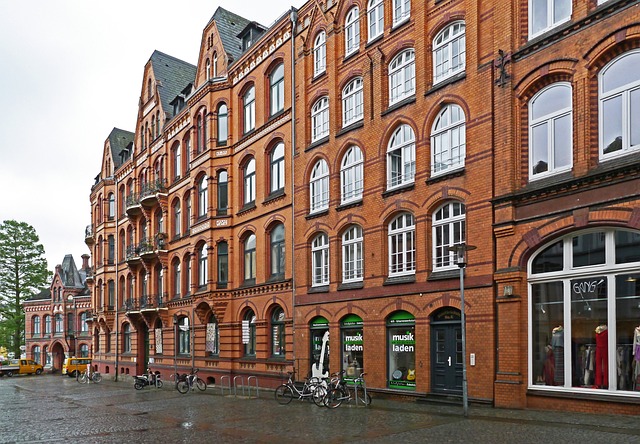Identifying your target market in real estate is crucial for enhancing a building's appeal. By understanding potential tenants' or buyers' preferences, such as luxury amenities for young professionals or family-friendly features like play areas and good schools, developers can strategically guide design and amenity choices. Tailoring buildings to specific needs, including smart home technology or eco-friendly materials, boosts competitiveness and occupancy rates. Real estate professionals should stay attuned to market trends and local demographics to ensure their properties remain desirable and relevant in a competitive market.
Looking to elevate your property’s market appeal swiftly? This guide unveils proven strategies for a rapid transformation. From pinpointing your target audience and tailoring amenities that cater to their desires, to crafting a compelling brand identity and leveraging digital marketing channels effectively—each step ensures your real estate listing stands out. Discover how strategic renovations, both exterior and interior, coupled with thoughtful design choices, can captivate potential buyers or renters in today’s competitive market.
Identify Target Market and Tailor Amenities

Identifying your target market is a crucial first step in increasing a building’s market appeal. Understanding who your potential tenants or buyers are, their preferences, and lifestyle needs will help guide decisions on amenities and features to highlight. For instance, if targeting young professionals, luxurious common areas, high-speed internet, and proximity to trendy restaurants might be key selling points. Conversely, families may seek spacious floors plans, play areas, and good school districts.
Once your target market is defined, tailor the building’s amenities accordingly. Offerings could include anything from fitness centers and swimming pools to home offices and green spaces. Making these adjustments can quickly transform a property into a desirable choice in the real estate market by catering to what potential residents or investors are looking for.
– Understand demographic trends and preferences of potential buyers/renters

In today’s dynamic real estate market, understanding demographic trends and preferences is crucial for quickly enhancing a building’s appeal to potential buyers or renters. By analyzing data on age groups, family sizes, income levels, and lifestyle choices, developers and property managers can make informed decisions about design updates, amenity additions, and marketing strategies. For instance, millennials seeking urban, tech-integrated living might prefer smart home features and proximity to trendy cafes, while older generations may favor well-maintained, accessible units with nearby medical facilities. Tailoring the building’s offerings to meet these needs can significantly increase its competitiveness in the market.
Furthermore, staying attuned to evolving preferences allows for swift adaptations that cater to the changing demands of the real estate landscape. Whether it’s incorporating eco-friendly materials, enhancing security systems, or creating shared spaces that foster community engagement, keeping pace with demographic shifts ensures that a property remains desirable and relevant in a crowded market. This proactive approach not only boosts occupancy rates but also positions the building as a desirable asset for both current and future residents.
– Incorporate desirable amenities that cater to specific lifestyles (e.g., fitness centers, smart home technology, green spaces)

In today’s competitive real estate market, quickly increasing a building’s appeal is paramount for success. One effective strategy involves incorporating desirable amenities tailored to specific lifestyles. For example, installing fitness centers caters to health-conscious residents, while integrating smart home technology appeals to tech-savvy buyers or renters. Furthermore, the addition of green spaces enhances livability and can attract eco-conscious individuals. These strategic additions not only make a property more attractive but also differentiate it from competitors, potentially driving up interest and occupancy rates.
When executed well, these amenities create a sense of community and enhance the overall quality of life for residents. Real estate professionals should consider the local market dynamics and target demographics to ensure that these features are aligned with what potential clients truly desire. By focusing on these lifestyle-oriented amenities, buildings can quickly gain an edge and become more marketable in a short amount of time.






